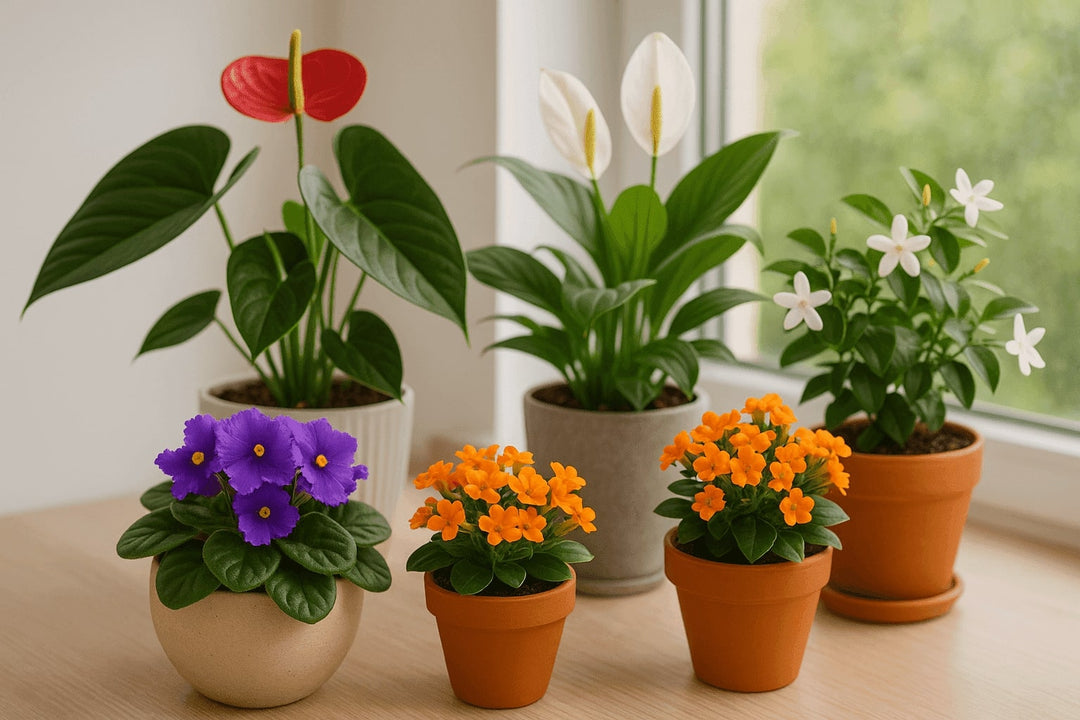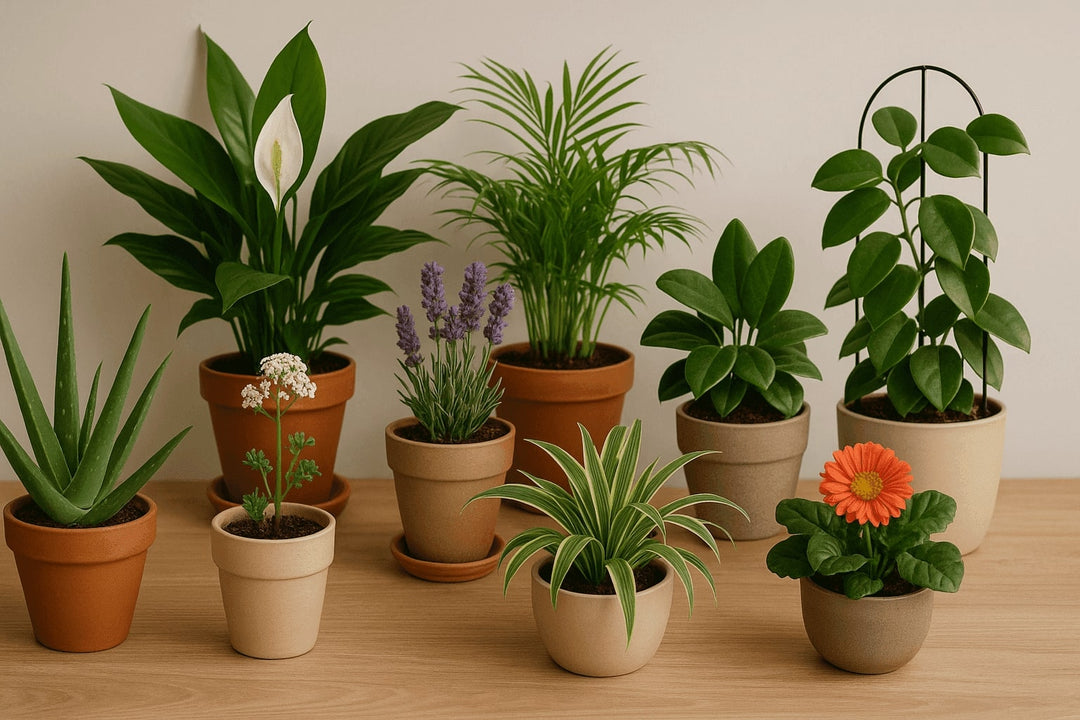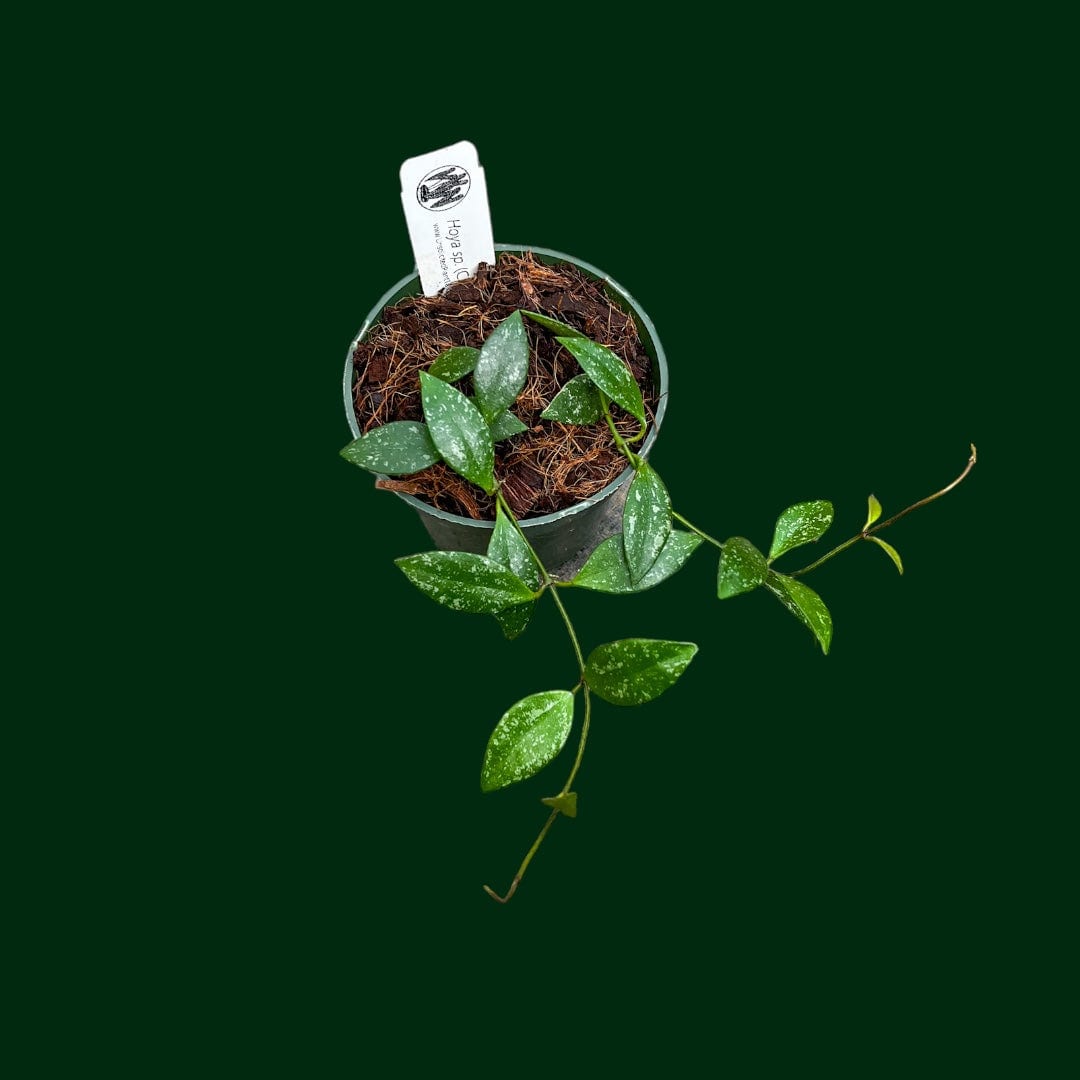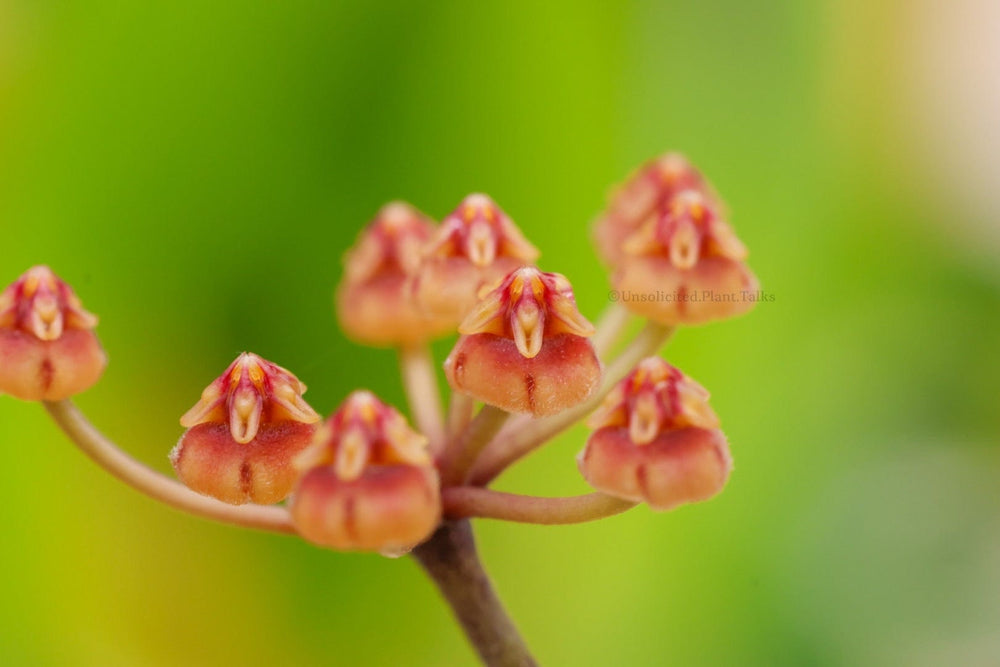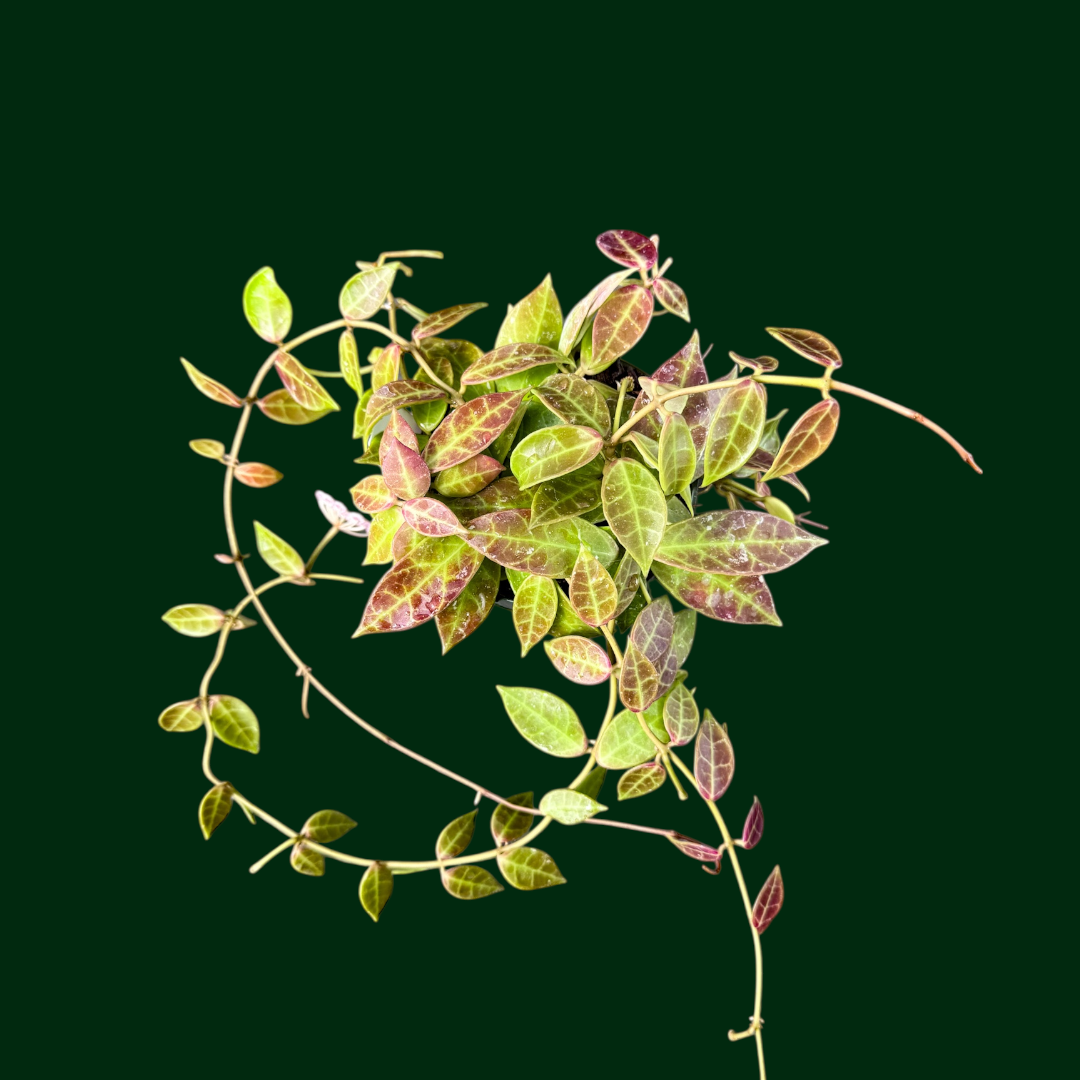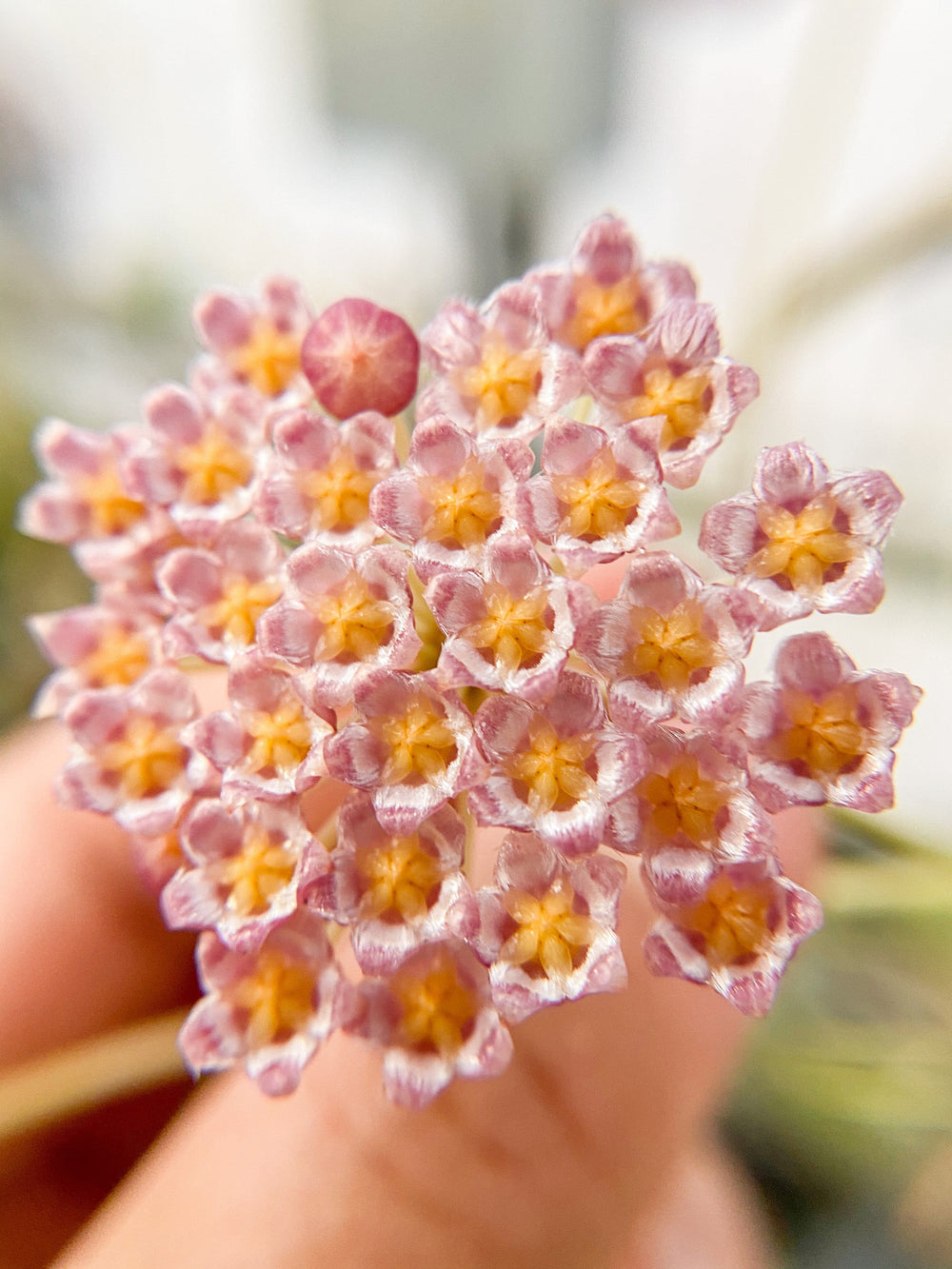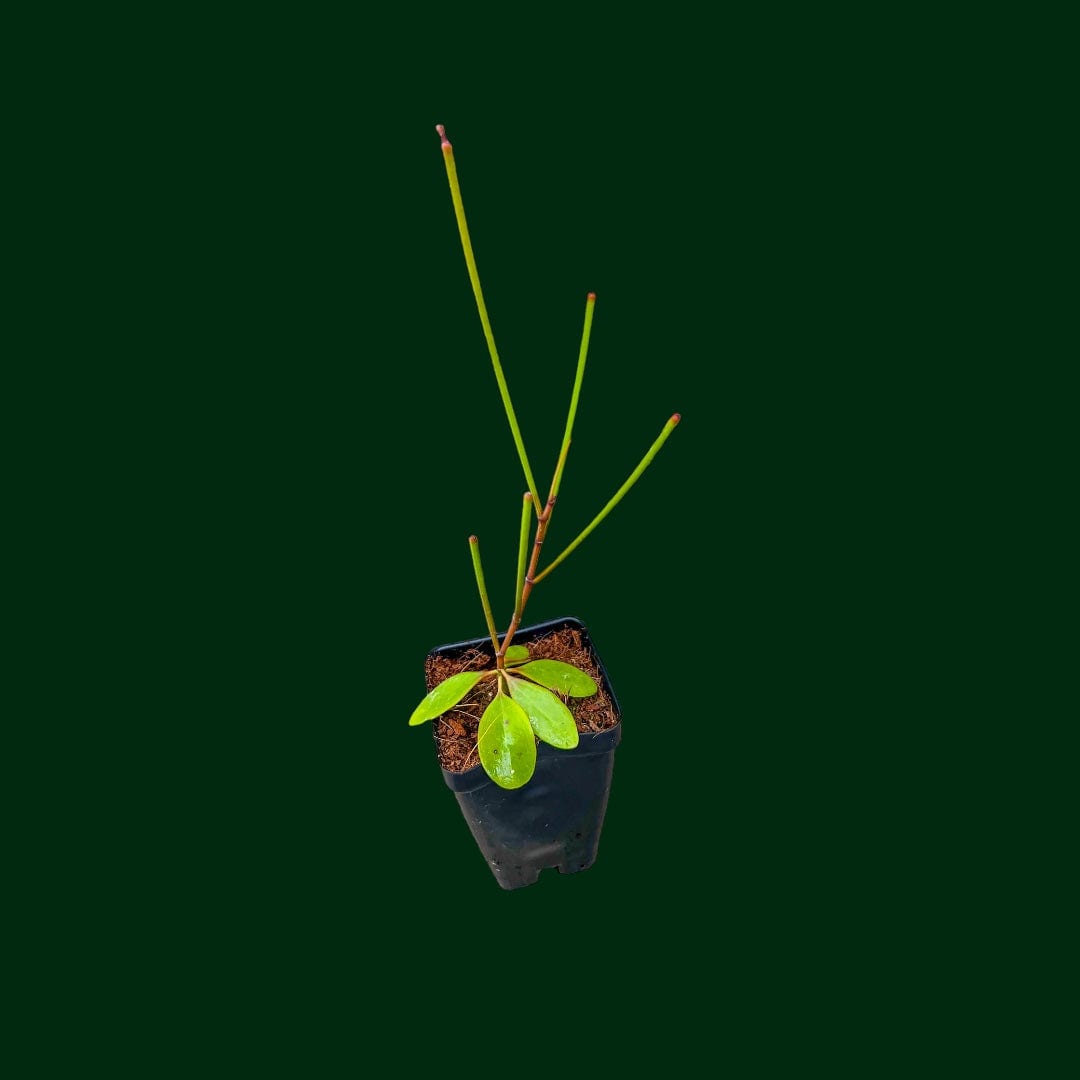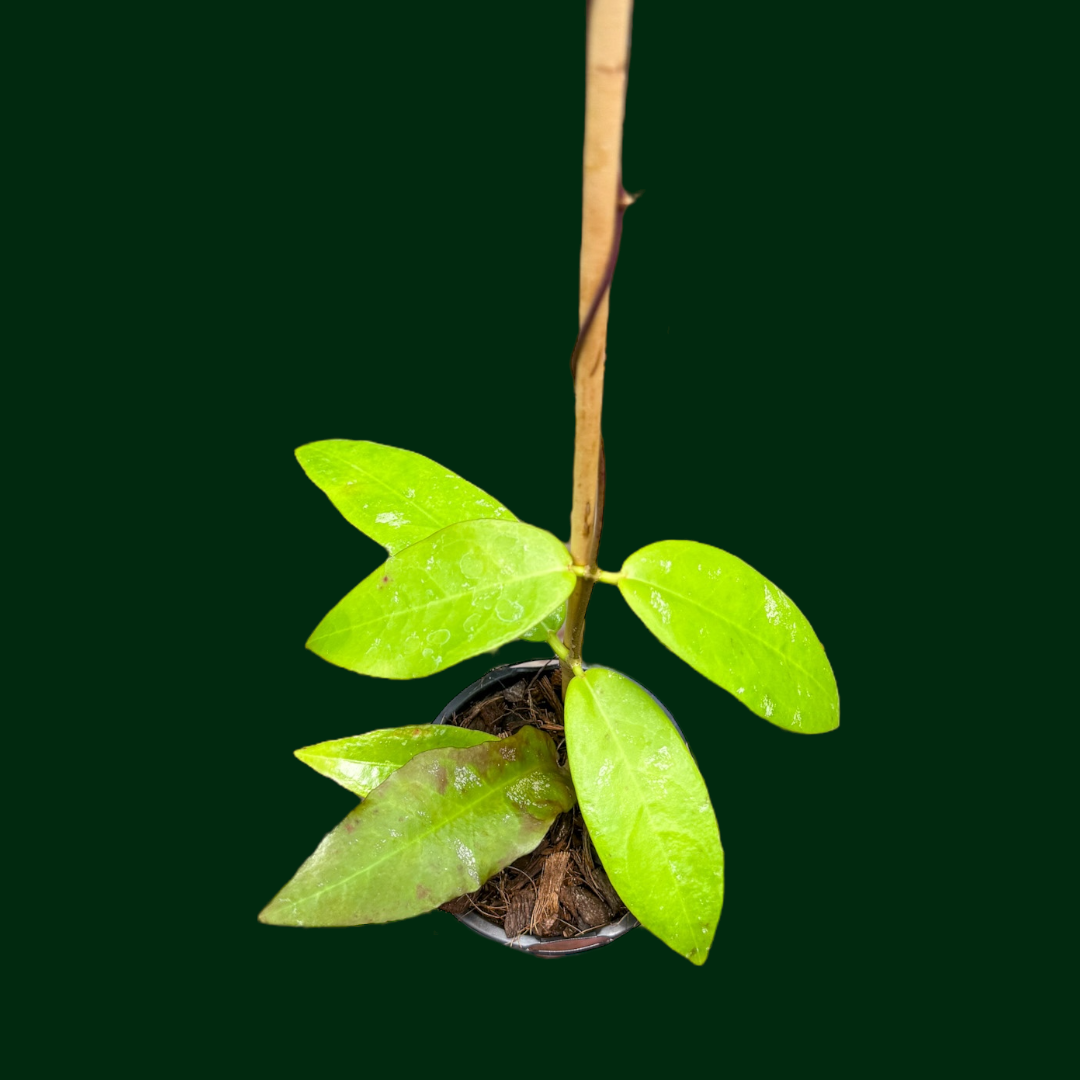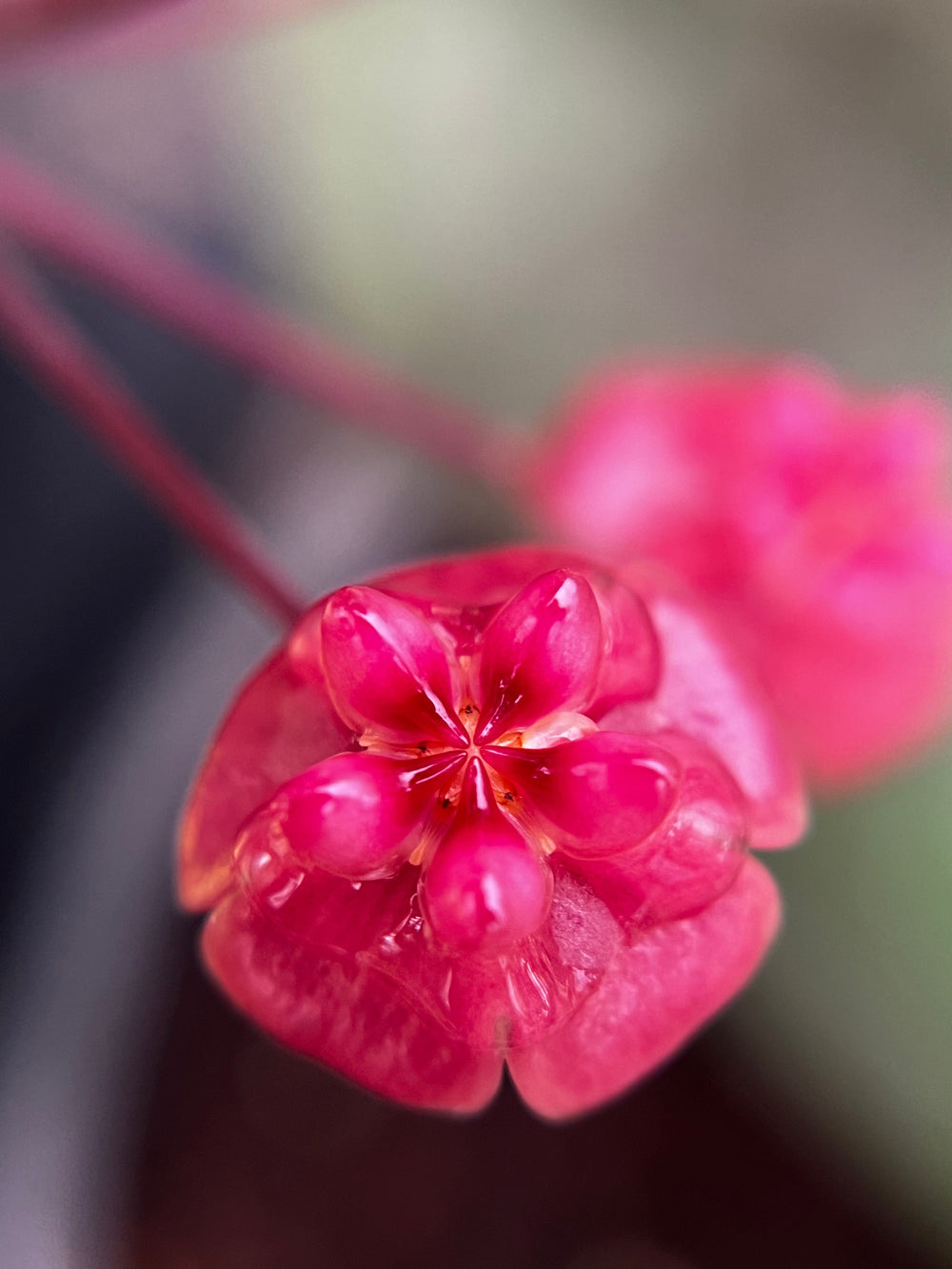Why Are My Hoya Leaves Soft?
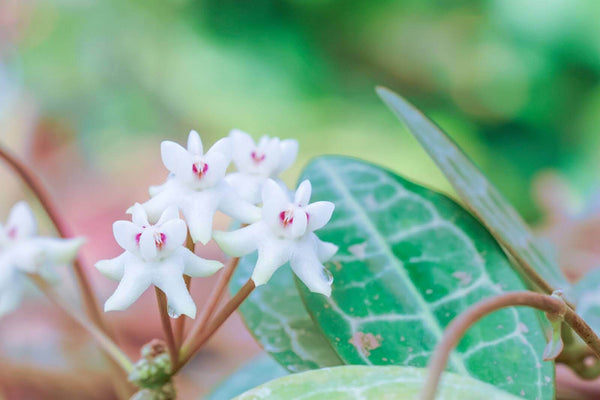
Table of Contents
- What Causes Hoya Leaves to Soften?
- Diagnose the Problem: Clues from Your Hoya
- How to Restore Your Hoya's Health
- Preventive Measures for Long-Term Hoya Health
- The Bottom Line
Hoya plants, known for their waxy, succulent leaves and fragrant blooms, are popular additions to many indoor gardens. However, when those vibrant leaves lose their firmness and become soft, it can be a cause for concern. Let’s explain the reasons behind soft Hoya leaves and explore solutions to restore your Hoya’s health and beauty.
What Causes Hoya Leaves to Soften?
Several factors can contribute to soft Hoya leaves. Identifying the culprit is crucial for implementing the appropriate remedy. Here are the most common causes:
- Underwatering: The most frequent cause of soft Hoya leaves is underwatering. These succulent plants store water in their leaves, so when deprived of water for extended periods, the leaves lose their turgidity and become soft and wrinkled.
- Overwatering: While underwatering is common, overwatering can also lead to soft leaves. Excess moisture can cause root rot, hindering the plant's ability to absorb water effectively. This results in the leaves becoming soft and mushy, often accompanied by a foul odor.
- Light Issues: Insufficient light can weaken your Hoya, leading to soft and limp leaves. Hoyas prefer bright, indirect sunlight. In low light conditions, they struggle to produce sufficient energy for growth, resulting in softer leaves.
- Temperature extremes: Extreme temperatures, both hot and cold, can stress your Hoya and contribute to soft leaves. Ideally, maintain temperatures between 65°F and 80°F (18°C - 27°C) for optimal Hoya health.
- Pests and diseases: Mealybugs, aphids, and scale insects can weaken your Hoya by sucking on its sap. This can manifest as soft and distorted leaves. Additionally, fungal diseases caused by overwatering can cause leaves to become mushy and soft.
Diagnose the Problem: Clues from Your Hoya
By carefully observing your Hoya and its environment, you can often pinpoint the cause of soft leaves:
- Signs of underwatering - Wrinkled leaves that feel thin and papery. The soil will likely be dry to the touch.
- Signs of overwatering - Mushy leaves with a discolored, often brown or black, appearance combined with soggy soil. The mushy part and discoloration typically start from the inner corner of the oldest leaves, and the rot symptoms start from the bottom part of the plant and work its way up.
- Signs of light Issues - Thin or stretched leaves with minimal growth might suggest insufficient light. Conversely, pale or sunburned leaves with scorched edges point towards too much direct sunlight.
- Signs of temperature extremes - Wilting leaves accompanied by a sudden change in temperature.
- Signs of pest infestation and diseases - Visible pests like mealybugs or scale, along with sticky sap on the leaves. Fungal diseases are often present as mushy, discolored leaves.
How to Restore Your Hoya's Health
Once you've identified the cause, you can take steps to revive your Hoya and prevent further softening:
- If your Hoya is underwatered, thoroughly water it until water runs out the drainage holes. Allow the soil to dry completely between waterings.
- If your Hoya is overwatered, immediately stop watering and allow the soil to dry completely. If root rot is suspected, carefully remove your Hoya from the pot, prune away any mushy or rotten roots, and repot in fresh, well-draining potting mix, such as coco husk.
- If your Hoya is experiencing light issues, move it to a brighter location with indirect sunlight. Avoid harsh direct sunlight. If necessary, supplement with grow lights. For excessive light, provide shade or relocate your Hoya to a spot with less sunlight.
- If your Hoya is suffering from temperature extremes, relocate it to a spot with moderate temperatures away from drafts and heat sources.
- If your Hoya is infected by pests or diseases, treat pest infestations with insecticidal soap, neem oil, or horticultural oil sprays. For fungal diseases, isolate the plant, remove affected leaves, and adjust your watering habits. Consider using a fungicide if necessary.
Preventive Measures for Long-Term Hoya Health
Here are some general practices to prevent soft leaves and ensure your Hoya thrives for years to come:
- Watering: Develop a watering routine that suits your specific climate and pot size. Remember to allow the soil to dry completely before watering again.
- Proper drainage: Ensure your Hoya pot has drainage holes to prevent waterlogging. Use a well-draining potting mix specifically formulated for succulents or cacti.
- Light: Provide bright, indirect sunlight for optimal growth.
- Humidity: Maintain moderate to high humidity levels (around 50-70%) by using a humidifier, grouping plants together, or placing your Hoya on a pebble tray filled with water.
- Fertilization: During the active growing season (spring and summer), fertilize your Hoya with a diluted, balanced fertilizer once a month. Avoid overfertilizing, as it can damage the roots.
- Repotting: Repot your Hoya every 2-3 years into a slightly larger pot with fresh potting mix. This ensures proper drainage and space for root growth.
- Pruning: Regularly prune your Hoya to encourage bushier growth and promote flowering in certain varieties. You can also remove spent flowers and leggy stems to improve aesthetics.



